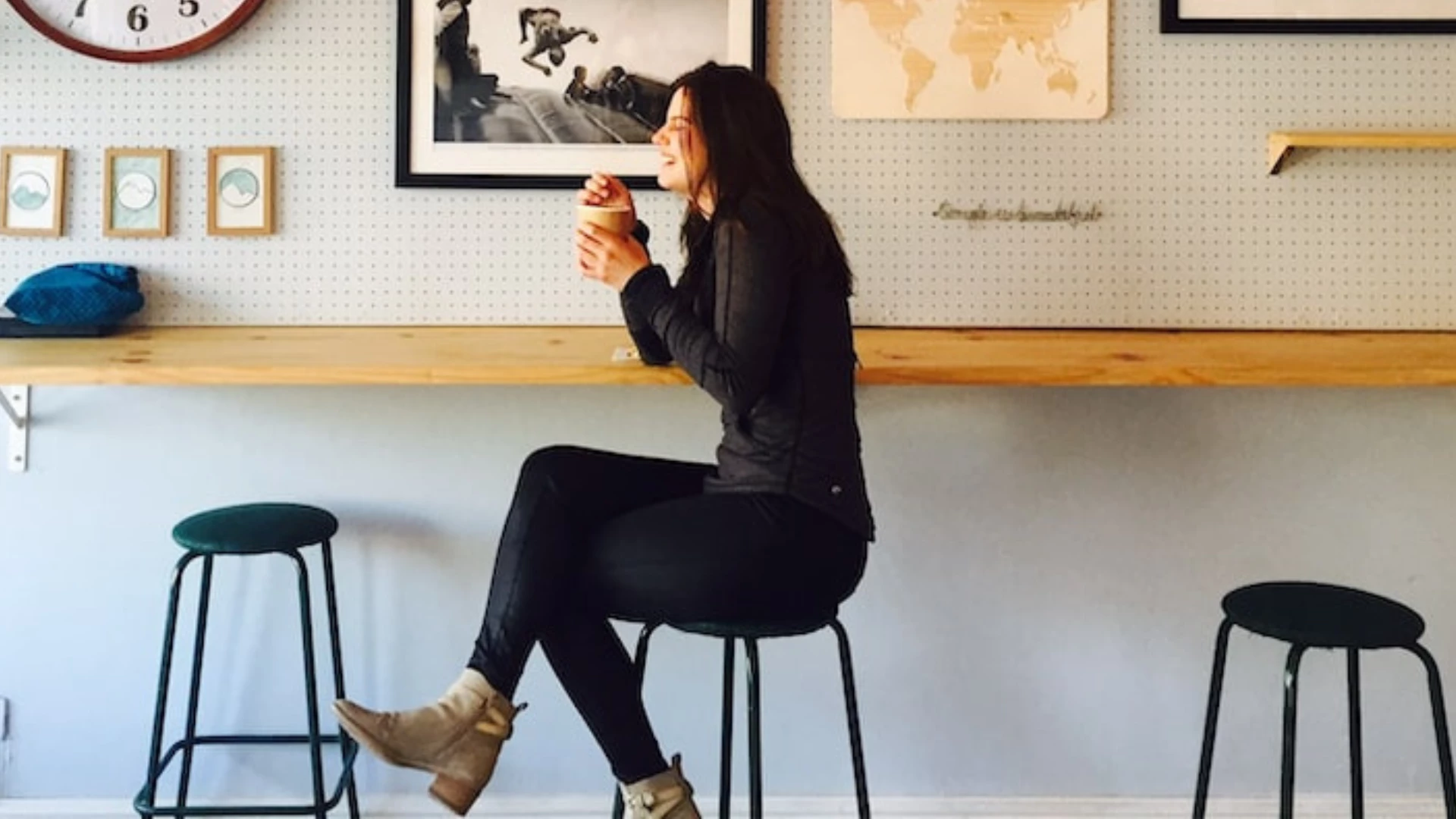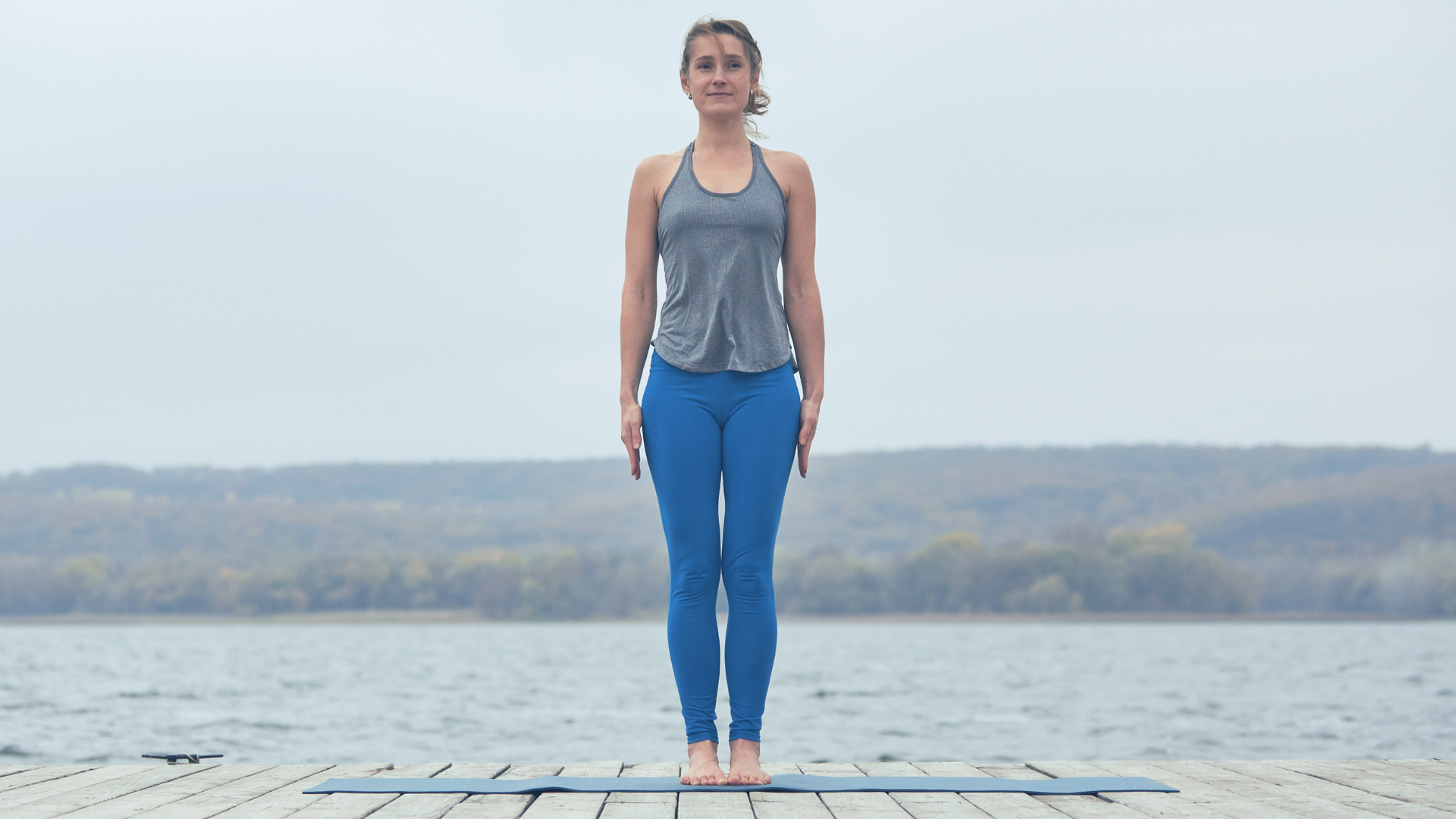Why Sitting Cross-Legged Might Not Be Healthy

Article At A Glance
In every Original Alignment class, you’ll hear physical cues: relaxed pelvis with weight in the front, ribs down, chin released, weight in the heels, abdominals engaged but not tense. But there’s another layer of teaching, the work’s pithy sayings, maxims, and guiding principles. Each one, in fact, is a little piece of what we might call universal law. It really doesn’t matter whether you believe them or not. They’re just true, as much a fact of life as gravity. My teachers, most notably Jean Couch, have repeated one or another of these condensed bits of brilliance in almost every class. Over time I hope to present them all.
Here’s the first on my list: Usage Creates Form. “Usage creates form” might at first sound abstract. But it’s as concrete as anything ever gets. Simply put, the way you habitually hold your body shapes your body. Or as Mom used to say: “if you don’t stop pouting, your lower lip will get stuck there.” Even the grumpiest child rarely holds a pouty face for more than 20 minutes. Here’s something most of us do for hours at a time: sitting cross-legged.
Picture What Happens When We’re Sitting Cross-Legged
Check out the smiling woman in the photo. At first glance, she might read as relaxed and casual. But take a closer look.
She lifts her right shoulder—on the same side as her lifted leg—and moves her head off to the left. This creates tension in her right shoulder and on the left side of her neck. Look at her left knee, which slopes inward, and her left ankle, which bows outward. Both her inner left thigh and her outer ankle are in tension.
Because of her coat, what’s less obvious is that the left side of her pelvis holds most of her weight. To recenter her weight, her spine curves to the left.

Check out the woman to the left for the rear-view picture of what’s happening. Can you see how heavy her left buttock is on the chair? And the wrinkles in her dress on the right side of her torso?
Because her left side carries more weight, her spine will start to curve to the left. As her spine curves to the left, her right side becomes shorter, and her dress wrinkles. These are the first signs of the inward curve of scoliosis.
Back to the woman who faces us. Her inner thigh muscles are tense and shortening. On the right side, her outer hip muscles are overstretched, and on the left, her hip is getting tighter from bearing more than its share of the weight.
How Usage Creates Form When You’re Sitting Cross-Legged
Each one of these distortions is being held by tight, gripped muscles, kept in place for hours at a time. Over weeks, months, and years, these distortions become our habit patterns. Unsurprisingly, they don’t magically release when we stand up. The lifted hip, the twisted spine, the uneven shoulders, and the neck strain all remain in place.
The knee that veered in and the ankle that bowed out maintain their shape when we stand and walk. But now they’re weight-bearing, and in time, you have a sore knee and a wonky ankle.
The side of our pelvis that sat heavily on the chair becomes the leg that always bears more weight when we’re standing. The side of the pelvis that lifted when the upper leg crossed over still lifts when we stand up. If your sacroiliac (SI) joint keeps getting jammed on one side, check to see if that’s the leg you lift when you sit cross-legged.
The same holds true if it’s harder to balance on one side in Tree Pose or even when you’re pulling on a pair of pants, check. The unstable leg is most likely the leg that crosses over top. When you cross the leg over, it stretches your outer hip muscles. That weakens the very muscles—gluteus medius and minimus, and tensor fasciae latae—that give you stability in standing and walking.
The imbalance between tight inner thighs and overstretched outer hips can also cause hip pain, especially the kind that shows up when you try to sleep on your side. (See Olga Kabel’s excellent YogaU Online article: Neglecting Your Hip Abductors and Adductors Can Mess Up Your Walk, Sleep, and Balance) for more.
Why Doesn’t Sitting Cross-Legged Feel Bad in the Moment?
So, why doesn’t it feel bad if we do so much damage when we sit cross-legged?
Sitting cross-legged is a habit; as we all know, damaging habits can feel comfortable just because they’re habits.
Most of us last felt complete relaxation in sitting when we were three, so we don’t remember what being comfortable feels like and have nothing to compare it with.
Because of the posture cues we’re taught, especially “tuck your buttocks” and “lift your chest,” sitting comfortably in a chair with our feet on the floor is next to impossible.
And finally, our culture teaches us that minor body sensations aren’t important. We stuff away small tensions to concentrate on work or a Twitter feed.
How to Regain Body Balance

Here’s the good news, the more attention you pay to sit evenly in a chair, the more balanced your body will become.
No matter how old you are or how long you’ve had your habits, practicing yoga with attention to healthy alignment can reshape your upper back, neck, and shoulders, realign your feet, and remove knee, back, and hip pain. The more time you spend on body balance, the faster the changes will occur.
Why? Because, for good or for ill, usage creates form.
Would you like to harness the power of this universal truth? The first thing you need to do is learn to sit in true comfort. Once you’ve felt relaxed when you sit, you’ll begin to notice how sitting cross-legged creates tension.
Also, read...
Free Yoga Video: 3 Somatic Yoga Practices to Help Enhance Postural Awareness
How Well Are You Aging? An Easy Test of Health and Longevity
Related courses
Breath as Medicine: Yogic Breathing for Vital Aging
Yoga and Myofascial Release: Releasing Chronic Tension with the Bodymind Ballwork Method
Yoga and Detoxification: Tips for Stimulating Lymphatic Health

Eve Johnson taught Iyengar Yoga for 18 years before being introduced to Spinefulness in 2016. Convinced by the logic, clarity, and effectiveness of Spinefulness alignment, she took the teacher training course and was certified in July 2018. Eve teaches Spineful Yoga over Zoom and offers an online Spinefulness Foundations course. For course information, go to http://spinefulness.ca.




